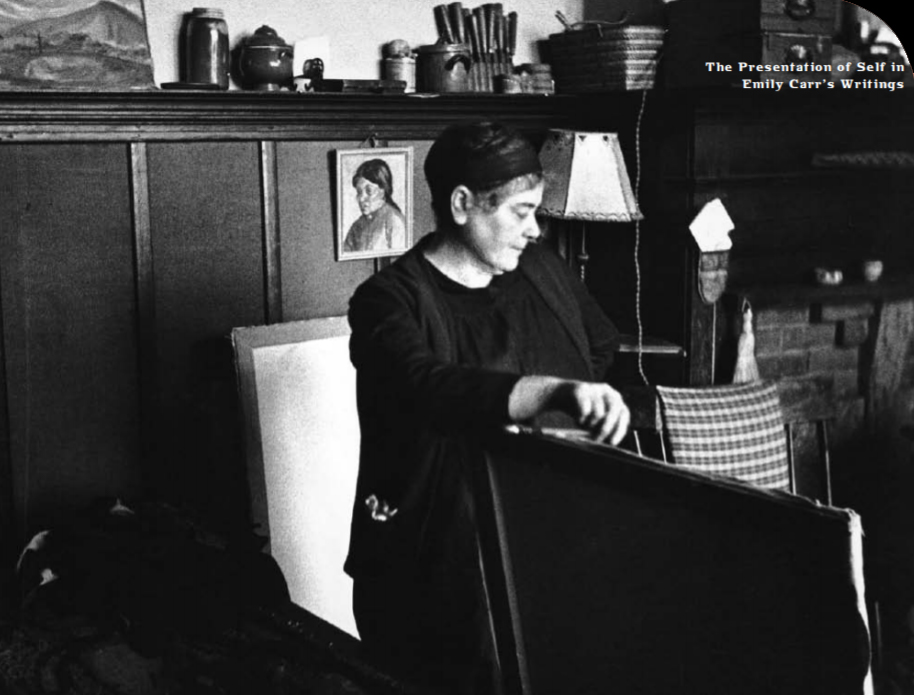In Jack Chambers – Light, Spirit, Time, Place and Life. Ed. Dennis Reid. Fredericton: Goose Lane Editions & Toronto: Art Gallery of Ontario, 2011.
"To Jack, the equation was simple: artists were providing a service and not being paid for it. What irked was the failure of the Gallery to approach them as professionals, or to recognize their right, by law, to remuneration when their work is reproduced."
Carrots for Breakfast was one of four essays curator Dennis Reid asked friends of painter Jack Chambers to write for the catalogue to Jack Chambers – Light, Spirit, Time, Place and Life, an exhibition he mounted at the Art Gallery of Ontario in 2011/12. Jack died of leukemia at the age of forty-seven in 1978.
Introducing the section “My Jack Chambers” Dennis wrote ‘Jack Chambers has exerted a remarkably broad influence through both his work and the example of his life To give some sense of this surprising scope of his impact, we have asked four people, each prominent in his or her field, to relate briefly a meaningful experience of the artist and/or his art. Each has responded with a profoundly personal account.’ The other three were Michael Ondaatje, John Scott and Eric Fischl.
I write about my work with Jack in the last ten years of his life, when, knowing he was dying, he nevertheless devoted a huge amount of energy to political work as national representative of the newly founded visual artists union Canadian Artists’ Representation, CAR/FAC.
Download a PDF version (130Kb) of “Carrots for Breakfast.”




